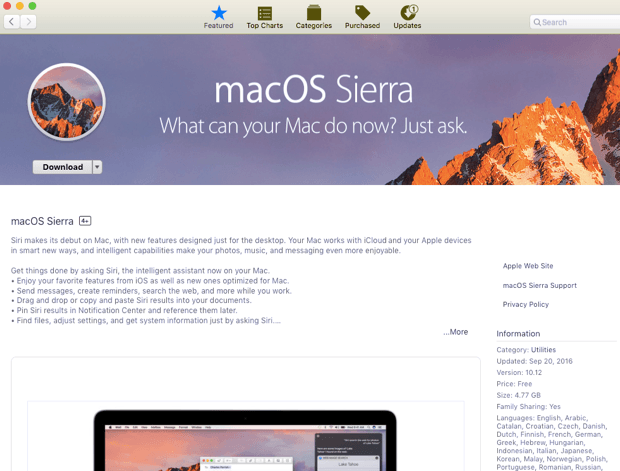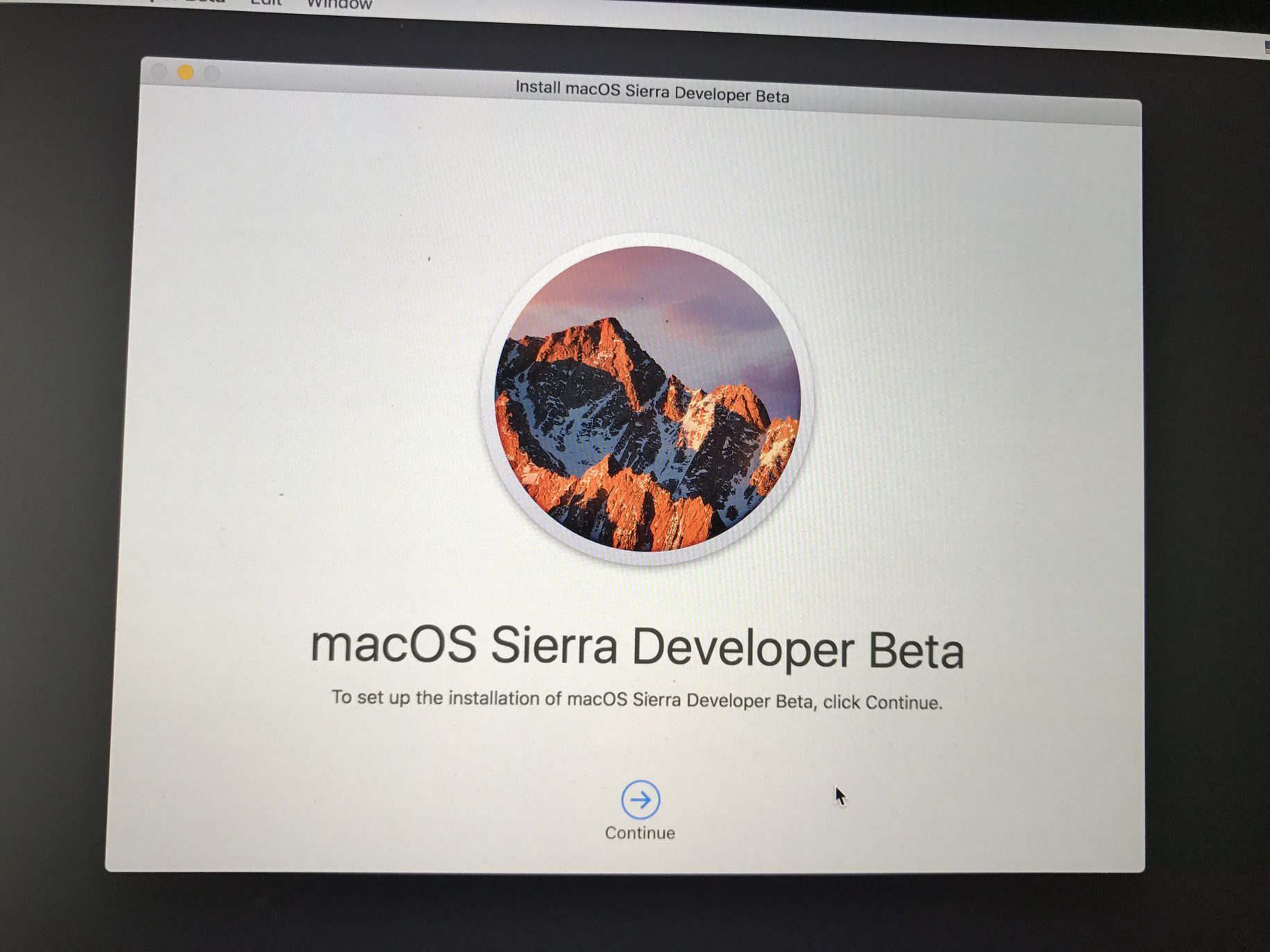
Create the Bootable Installer After Downloadįirst of all, a vacant 16GB USB drive is essential. This download is presented in a disk image format named InstallMacOSX.dmg. Pay attention: OS X El Capitan is quite different from the other five. Enterprise administrators, please download from Apple, not a locally hosted software-update server. If the installer opens after downloading, quit it without continuing installation. To get the correct installer, download from a Mac that is using macOS Sierra 10.12.5 or later, or El Capitan 10.11.6.

Q3: Can I install macOS from USB without the internet?Ī bootable installer doesn't download macOS from the internet, but it does require an internet connection to get firmware and other information specific to the Mac model.Ĭlick the download link for the desired macOS version you want to install.Įach macOS download is going to send to the Applications folder as an app named Install macOS. You need to create the installer using correct Terminal commands for different macOS versions. Q2: How do I create a bootable installer for macOS?Īll the available installer can be found on the Mac App Store, including macOS Monterey, macOS Big Sur, macOS Catalina, macOS Mojave, or macOS High Sierra and OS X El Capitan.


Installing a Mac operating system in this way can be challenging, as the whole process is involved with the application of Terminal command lines and creating a bootable installer. Some Basics of macOS install from a bootable USB Drive In this regard, you need to install macOS from an external drive or USB. But sometimes, we may require a clean install of a macOS version for hardware/software troubleshooting, or to be able to install the same macOS system on multiple devices at the same time. To upgrade and install the latest macOS update on your Mac machine, you can easily get it within the system's Software Update option.


 0 kommentar(er)
0 kommentar(er)
